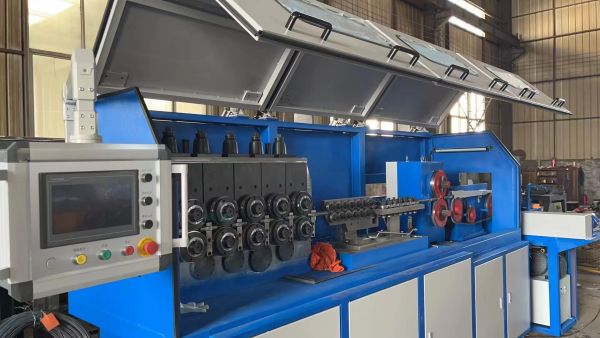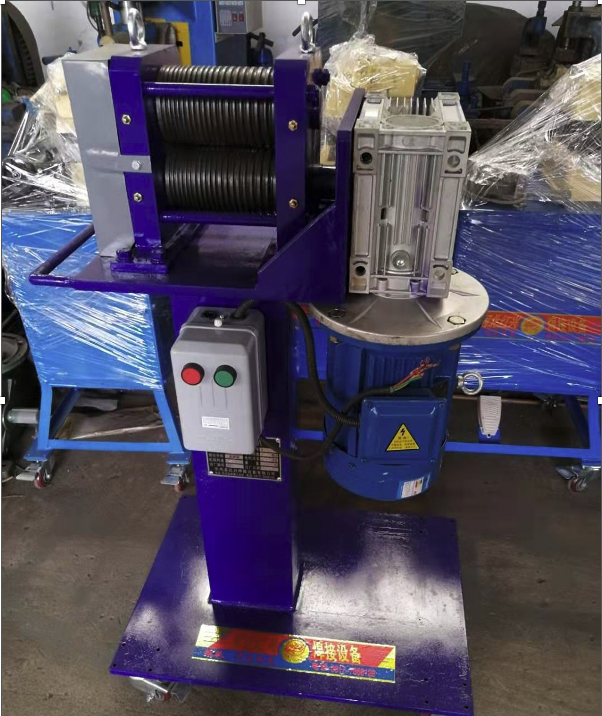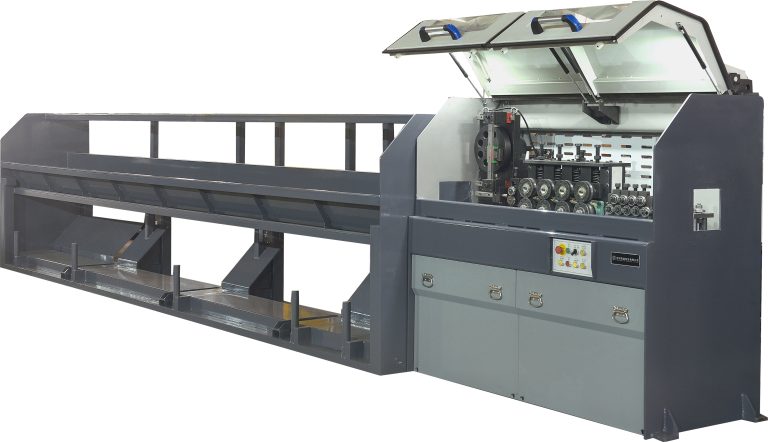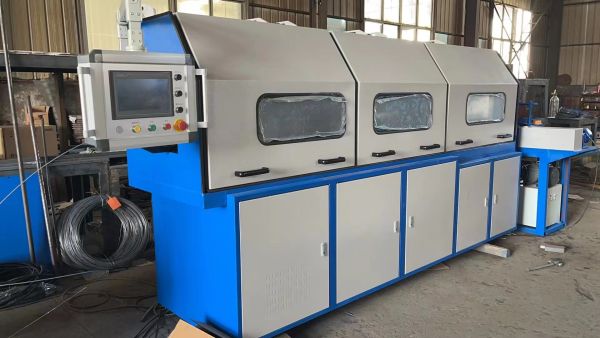Understand The Tips for Maintaining and Troubleshooting Inverted Wire Drawing Machines
Inverted verical drawing machines are essential tools in the manufacturing industry for producing wire of various diameters and materials. These machines operate by pulling wire through a series of dies to reduce its diameter and improve its quality. However, like any piece of machinery, Inverted wire drawing machines require regular maintenance to ensure optimal performance and prevent breakdowns.
One of the most important tips for maintaining an Inverted Vertical Wire Drawing Machine is to regularly inspect and clean the machine. Over time, dust, dirt, and debris can accumulate on the machine’s components, leading to decreased efficiency and potential damage. By regularly cleaning the machine and removing any buildup, you can help prolong its lifespan and ensure smooth operation.
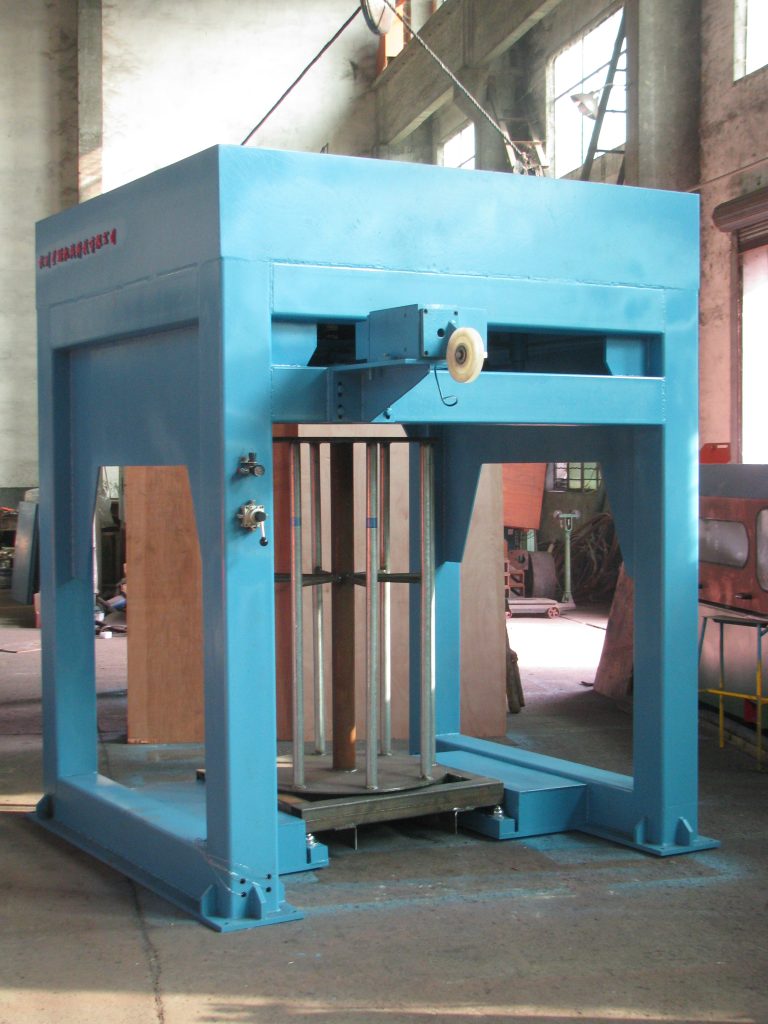
In addition to cleaning, it is also important to regularly lubricate the machine’s moving parts. Proper lubrication helps reduce friction and wear on the machine’s components, preventing premature failure. Be sure to use the appropriate lubricant for each part of the machine and follow the manufacturer’s recommendations for lubrication intervals.
Another important aspect of maintaining an inverted wire drawing machine is to regularly check and replace worn or damaged parts. Over time, the dies, rollers, and other components of the machine can wear out and need to be replaced. By regularly inspecting these parts and replacing them as needed, you can prevent costly breakdowns and ensure the machine continues to operate smoothly.
When troubleshooting an inverted wire drawing machine, it is important to start by identifying the source of the problem. Common issues with these machines include uneven wire tension, misaligned dies, and worn bearings. By carefully inspecting the machine and identifying the root cause of the issue, you can more effectively troubleshoot and resolve the problem.
If you are experiencing issues with wire tension, check the machine’s tensioning system for any loose or damaged components. Adjust the tension as needed to ensure smooth wire drawing. If the dies are misaligned, carefully realign them according to the manufacturer’s specifications to prevent wire breakage and other issues.
If you suspect that worn bearings are causing problems with the machine, carefully inspect the bearings for signs of wear or damage. Replace any worn bearings with new ones to prevent further issues and ensure smooth operation. Regularly checking and replacing worn parts is essential for maintaining the performance and longevity of an inverted wire drawing machine.
In conclusion, maintaining and troubleshooting an Inverted Wire Drawing Machine requires regular inspection, cleaning, lubrication, and replacement of worn parts. By following these tips, you can help prevent breakdowns, improve efficiency, and prolong the lifespan of your machine. Remember to always refer to the manufacturer’s guidelines and recommendations for maintenance and troubleshooting to ensure optimal performance.


